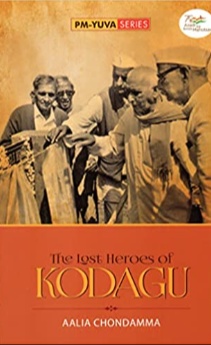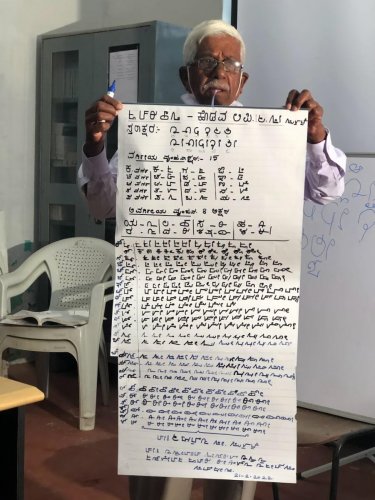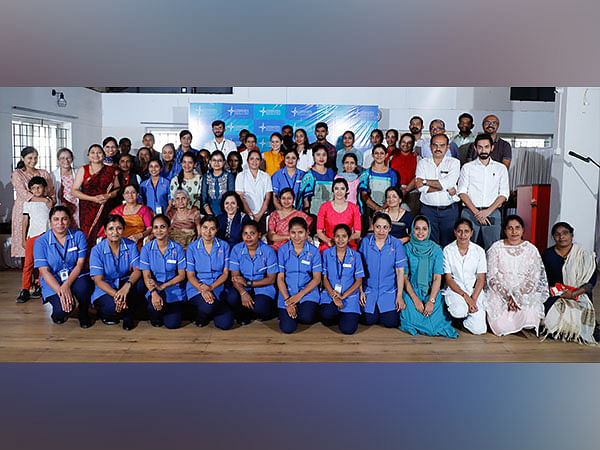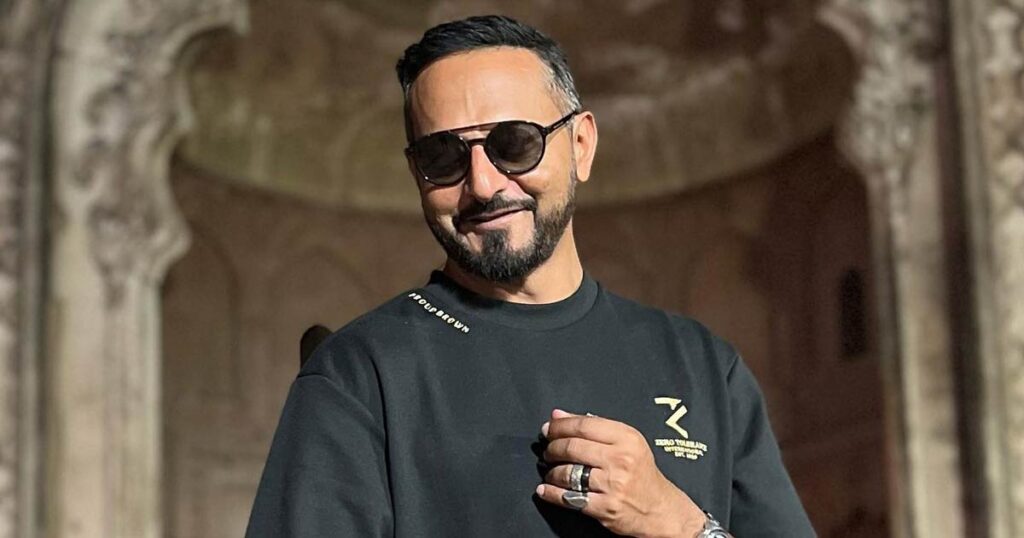Set in the heart of Kodagu (now Coorg), The Tamara Coorg crafts a scenic getaway for the discerning traveller. Surrounded by nature’s bounty and soaked in tales of history, the property gives its guests a peek into the culture and the livelihood of the people in the region.
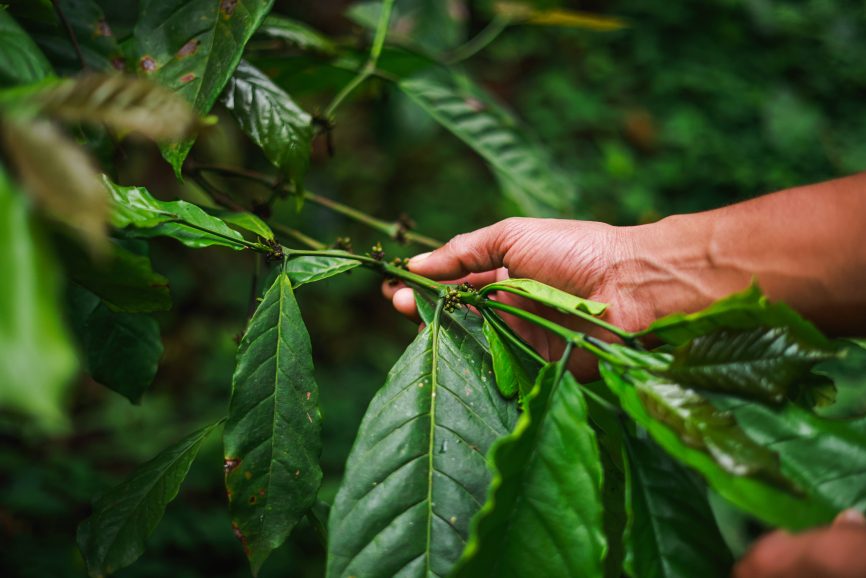
When it comes to an experiential holiday in the hills, Coorg is the first destination that comes to mind. Previously known as ‘Kodagu’, this hill station has bragging rights to misty mountains, sprawling coffee plantations, quaint monasteries, pepper vines, and a host of other scenic delights for the discerning traveller.
The etymology of the words “Kodava” (referring to the indigenous people, language, and culture) and “Kodagu” (referring to the land) traces back to the root word ‘Koda’ of uncertain meaning. Some speculate it signifies ‘hills’ while others suggest it signifies ‘west.’ In 1956, Kodagu (now Coorg) was established as a district and became a part of the Karnataka state.
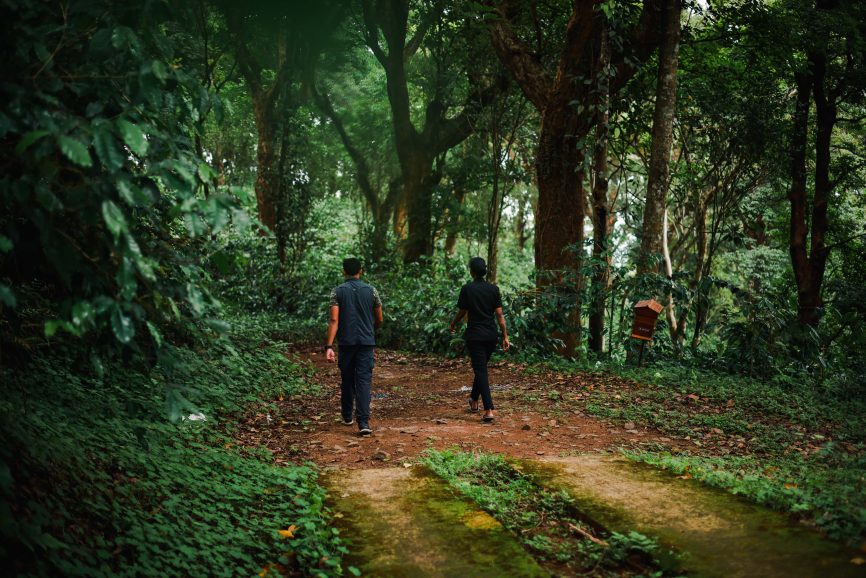
The Land of Coffee
Kodagu thrives as the land of coffee, with the Robusta variety being its primary plantation crop. Notably, Kodagu alone contributes around 33% of India’s coffee production. The region is also renowned for its exquisite wild honey. Nestled within a 184-acre coffee estate, the Tamara Coorg resort stands as a testament to preserving the surrounding ecosystem, untouched by extensive development, making it a truly unique creation in this coffee-rich land.
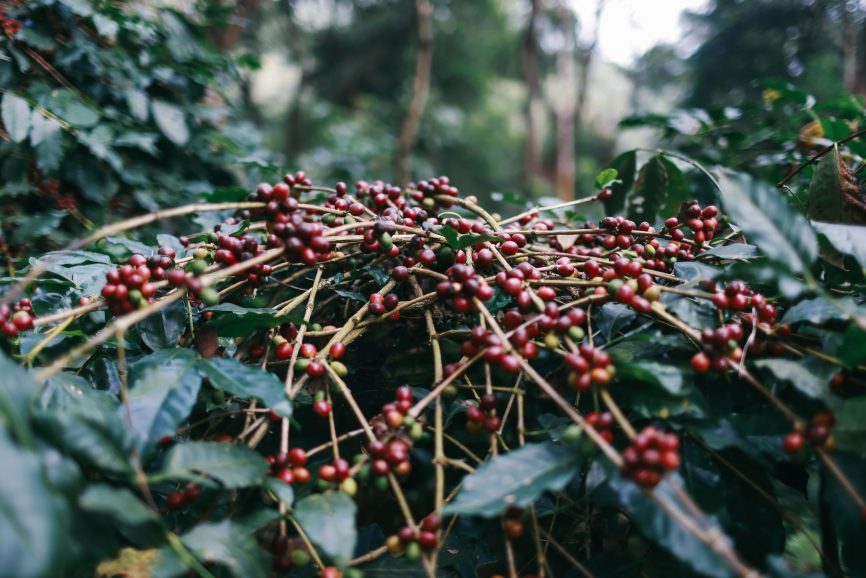
The flora and fauna of Kodagu
Blessed with three wildlife sanctuaries—Brahmagiri, Talakaveri, and Pushpagiri—and the Nagarhole National Park (also known as the Rajiv Gandhi National Park), located within the Kodagu district, the region boasts an unparalleled wealth of flora and fauna, showcasing its remarkable biodiversity.
Kodava people
The Kodava people, also known as Kodavas, are the inhabitants of this land. They speak the Kodava language and traditionally identify as land-owning agriculturists, following a patrilineal social order deeply rooted in martial customs. Kodavas hold their ancestors and weaponry in high reverence, and uniquely, they are the only community in India permitted to carry firearms without a licence. Kodagu has also produced several notable hockey players.
Kodava festivities
Kodava festivities revolve around their agricultural practices and military traditions. The community celebrates three main festivals that are distinctive to their culture—Kail Podh, Kaveri Changrandi (Tula Sankramana), and Puthari. In recent times, under the rule of the Haleri Rajas, Kodavas have also embraced a few Hindu festivals, including Ugadi, Ayudha Puja, Dussehra, and Mahashivaratri.
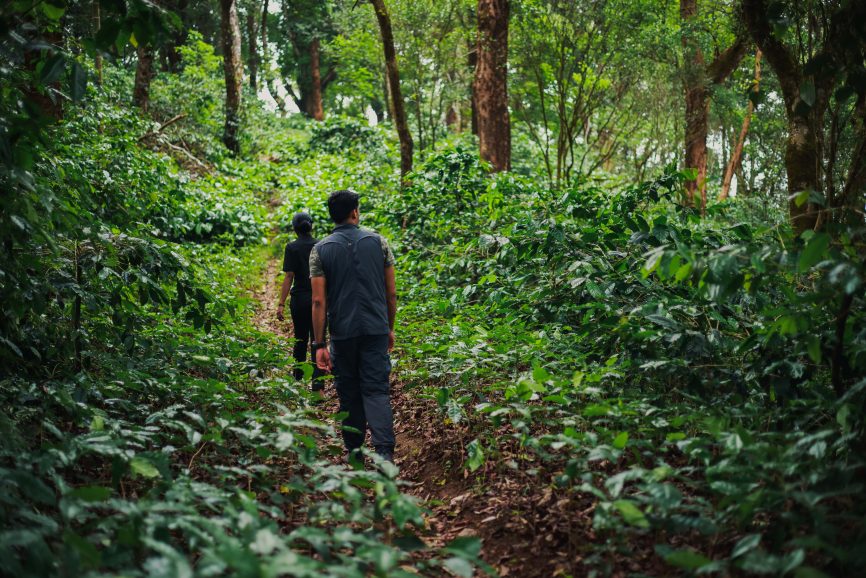
Kodava trails at The Tamara Coorg
Embark on our immersive Kodava Cultural Tour and be transported to a bygone era steeped in tradition. Journey to a nearby village, where a guide will accompany you to an Ainmane, a quintessential ancestral home of the Kodava people.
Walk through the halls of the Ainmane, as it unveils its architectural marvels and treasured artefacts. Delve into the essence of Kodava heritage as you learn about their unique way of life.
Indulge in a tantalising Kodava meal that showcases the region’s authentic flavours and local ingredients. Carry with you cherished memories of the warmth and hospitality as you bid adieu to the Kodava people.
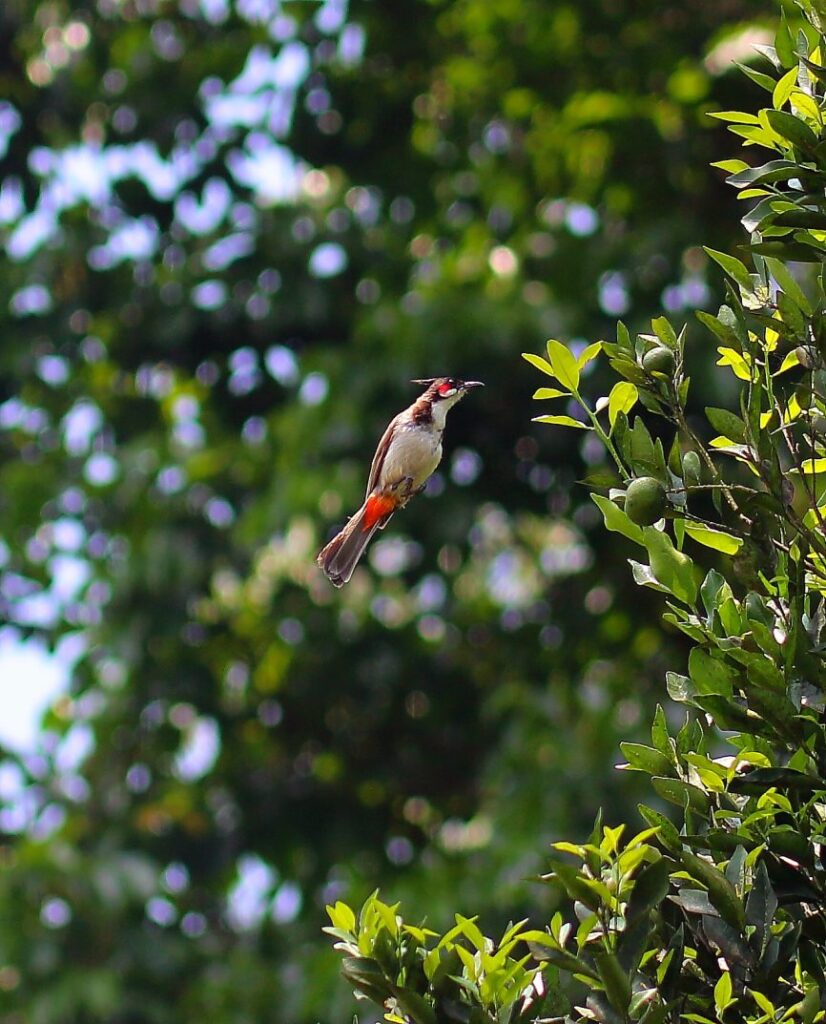
In and around Kodagu
Scouting for activities to partake in when in Kodagu? Here’s a list of destinations that are a stone’s throw from the city and are worth a visit:
- Abbey Falls | Distance: 44 km
- Talakaveri And Bhagamandala | Distance: 40 km
- Bylakuppe | Distance: 76 km
- Nalknad Palace | Distance: 7.5 km
- Padi Igguthappa Temple | Distance: 9.2 km
- Chelavara Falls | Distance: 13 km
- Omkareshwara Temple | Distance: 38 km
- Raja’s Seat and Nehru Mantap | Distance: 38 km
- Madikeri Fort And Palace | Distance: 37 km
For more information about planning a Kodagu itinerary and booking a stay at the plush property of The Tamara Coorg, click here.
source: http://www.cntraveller.in / Conde Naste Traveller / Home> India> Hotels & Resorts / Published by The Tamara Coorg / August 04th, 2023

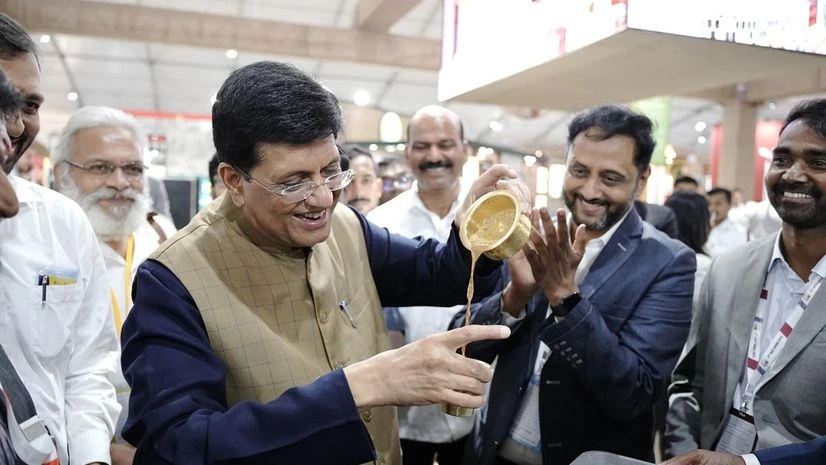)


